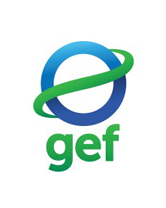While Concept stage ensures a project idea is viable (e.g. supported by government, OFP, WWF offices, is GEF-able), at PIF stage the idea must be elaborated into a technically sound project framework. Ensuring quality project design at PIF stage is important, as it sets the stage for detailed design and articulation (see CEO Endorsement Request Document stage).
The processes/steps to ensure quality project design at this PIF stage include:

Bentley Garath / WWF-US

